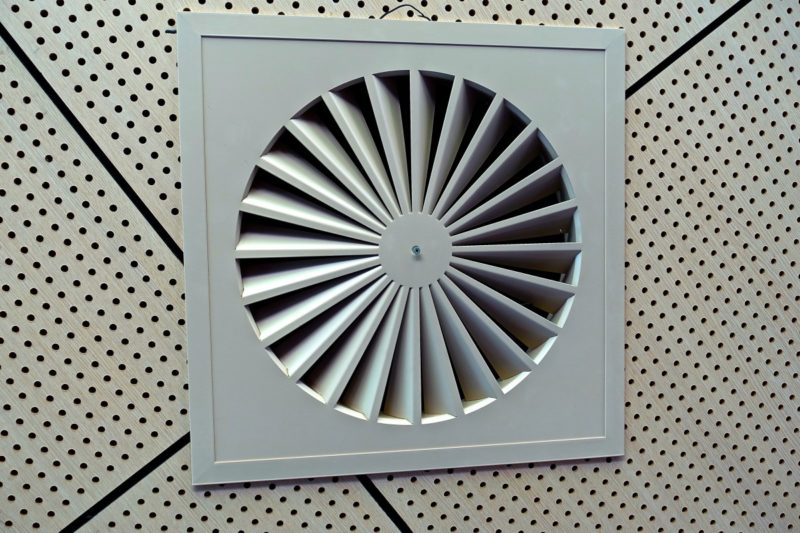So the question is: what is a catalytic heater? These heaters are widely used on construction sites, space heaters, and engines. They function by adding a catalyst to preexisting chemical processes, causing them to accelerate.
While this may appear to be a complicated procedure, the fact is that adequately putting a catalyst shouldn’t need enormous leaps in chemistry. They are meant to be used during close quarters and not an accidental fire.
However, it is still necessary to take precautionary measures, including not napping with them in your house, giving them enough the area, maintaining other things far from them, and ensuring that your home has adequate ventilation. In this article, you’ll read about some basics of catalytic heaters and how they work? So, without further ado, let’s get started!
Basics Of Catalytic Heater
The chemistry of catalytic heaters is pretty straightforward. What does a catalyst do? The catalyst can’t change the chemical reaction into which it’s been inserted. Instead, it speeds up the process. The acceleration of a chemical reaction produces heat. A catalyst is often constructed of platinum or platinum-like metals like palladium or rhodium.
How Does Catalytic Heaters Work?
In this paragraph, you’ll learn what is a catalytic heater and how they work? Since their introduction many years ago, catalytic heaters have been widely used for industrial purposes. The catalyzed chemical reactions give them their name when breaking down particles to generate heat. Catalytic heaters provide heat without using a flame, making them suitable for use in various dangerous situations.
For their functioning, catalytic heaters require only three functions: oxygen, fuel, and especially the catalyst. Most of the time, the fuel is either propane or propane. The catalyst is usually a platinum-coated plate that is electrically charged.
Propane or natural gas will sit within the heater, up against platinum, platinum-like metal in a standard catalytic heater arrangement. You charge the plate by turning on the heater, and the electrically charged plate accelerates the chemical reaction. Heat is produced when a process is accelerated. And this heat will warm up your room and any other area you want to heat up during the winter nights; this is how catalytic heaters heat the space.
Catalytic heaters only heat the things they are focused on, but other heat waste resources by warming the atmospheric air and other objects in the proximity. This enhances the efficiency, allowing for shorter heaters while cutting the initial cost and fuel usage. A catalytic heater’s radiant, infrared heat has numerous advantages over conventional heating methods.
Carbon Monoxide And Catalytic Heaters
Are catalytic heaters safe to use? Without a doubt, yes, they’re. The fantastic thing about catalytic heaters is that Catalytic heaters do not produce carbon monoxide. This is since they do not make any gases. While natural gas or propane can be used, catalytic heaters help accelerate rather than burn their chemical reaction. No carbon monoxide is produced because the gas inside the catalytic heater undergoes no molecular modification.
This isn’t to say that the catalytic heater doesn’t require gasoline to function. The catalytic process requires natural gas or propane, needing a specialized connection or refilling daily. Your catalytic heater must not emit any odors, and they should begin producing heat very quickly and keep on going to do so unless the fuel runs out.
While all these heaters typically need propane or natural gas as a fuel source, they are a relatively waste-free method of producing heat. A catalytic gas heater is another name for a catalytic burner or heater. Many are lightweight and portable and may be used in campers (such as a Mr. Heater or Coleman camp fuel heater), beneath a table, or to protect your pipes from icing during the cold season. Here’s the answer to your question: does catalytic heater produce carbon monoxide?
What Are Catalytic Burners And How Do They Work?
In principle, catalytic burners are just like any type of catalytic heater. A catalyst, usually made of metal, speeds up a chemical reaction. When chemical reactions accelerate, heat is produced without fire, smoke, or even steam. As a result, they’re usually found in places where combustible materials are likely to come into touch with them.
Catalytic heat is used in large-scale (industrial) applications, including construction projects and chemical facilities. They’re also frequently employed in places where vapor condensation might concern—safety measures before using catalytic heaters. When employing a catalytic heater, some precautions must be observed. These heaters must be positioned in places with adequate ventilation to avoid any damage. Because catalytic heaters are fully flameless, there is no risk of fire. It also is a good idea to just not put catalytic heaters alone for long periods to avoid failures and to keep them from just being toppled over.
It’s A Wrap!
We hope reading this article will help you get information about what is a catalytic heater. Above, we have explained in detail what they’re and how these heaters work; also, we have written a few safety tips while using these heaters. Thank you, friends, for being with us at the end; don’t forget to share this article with your friends too, if you like it!
Click on these links to read related articles; know how to warm up a room without a heater and how to add a thermostat to a wall heater.

